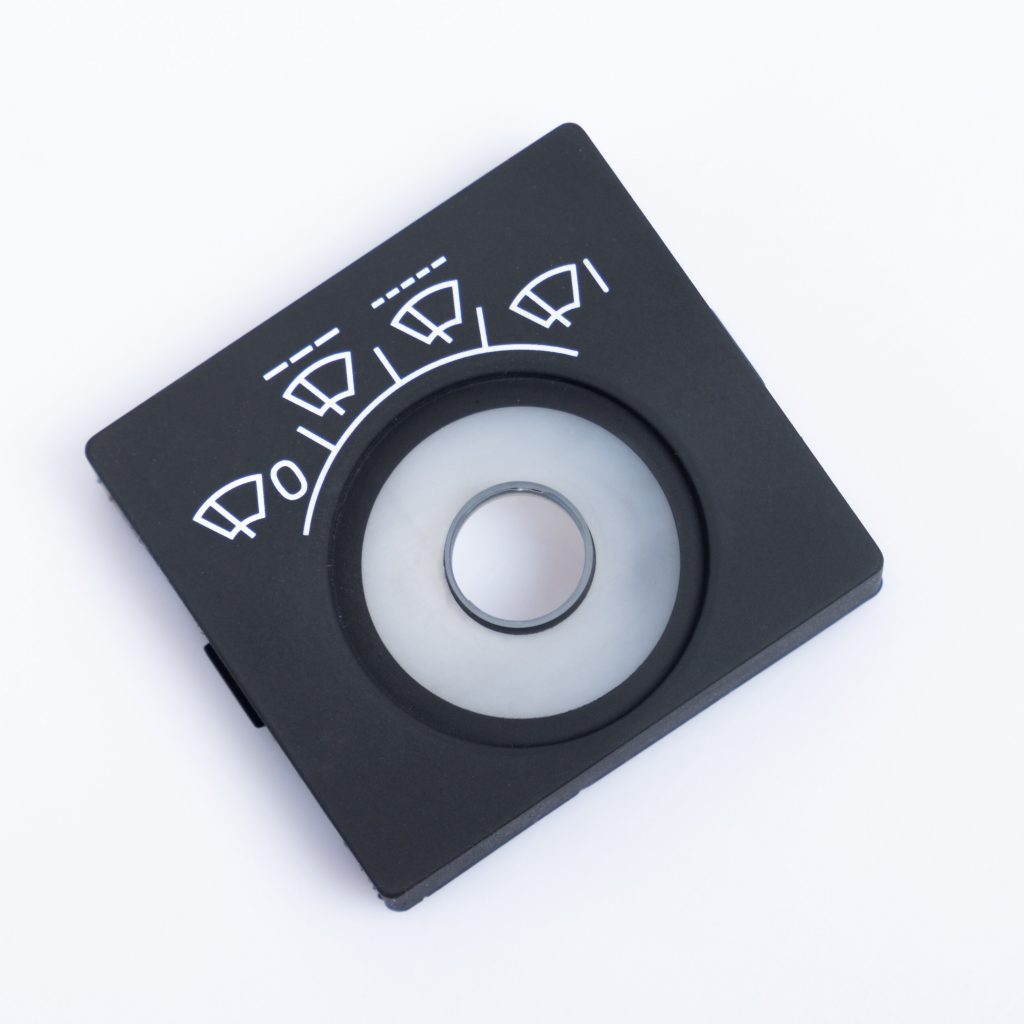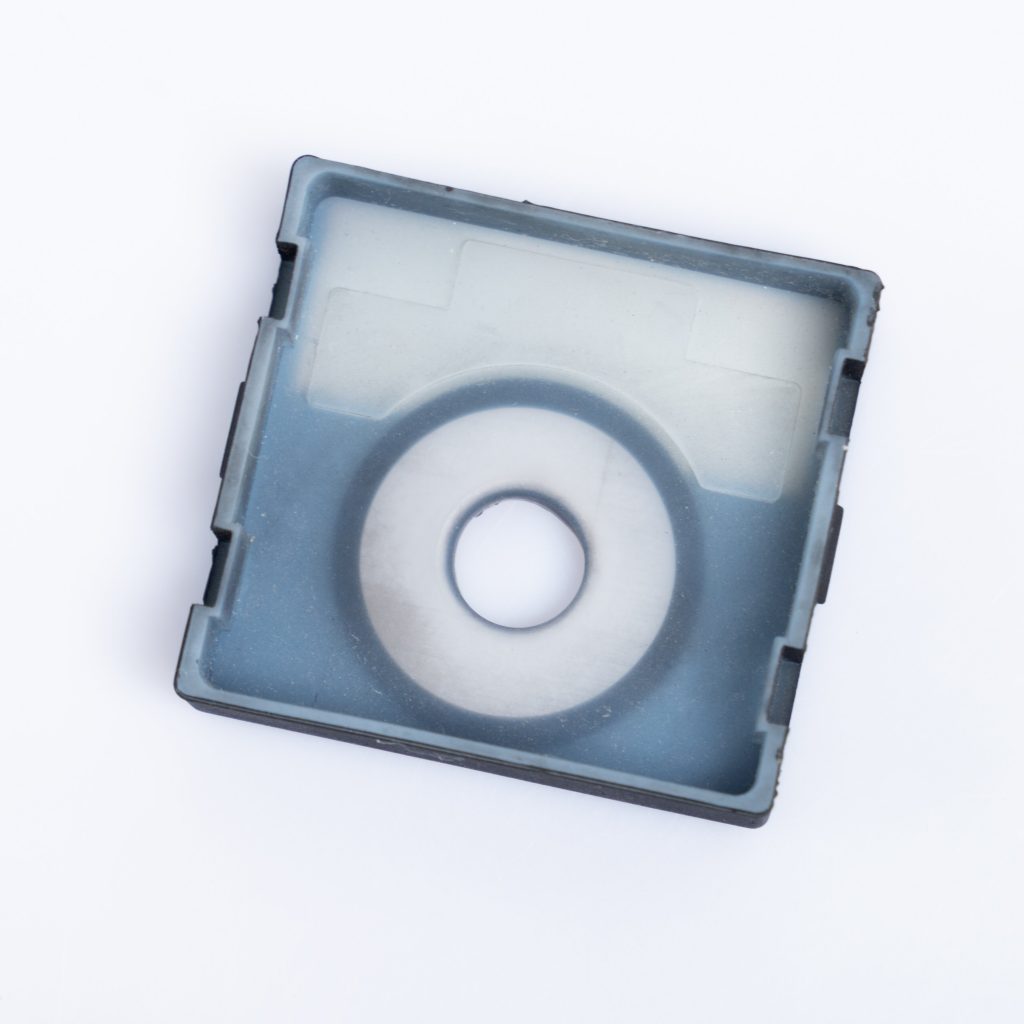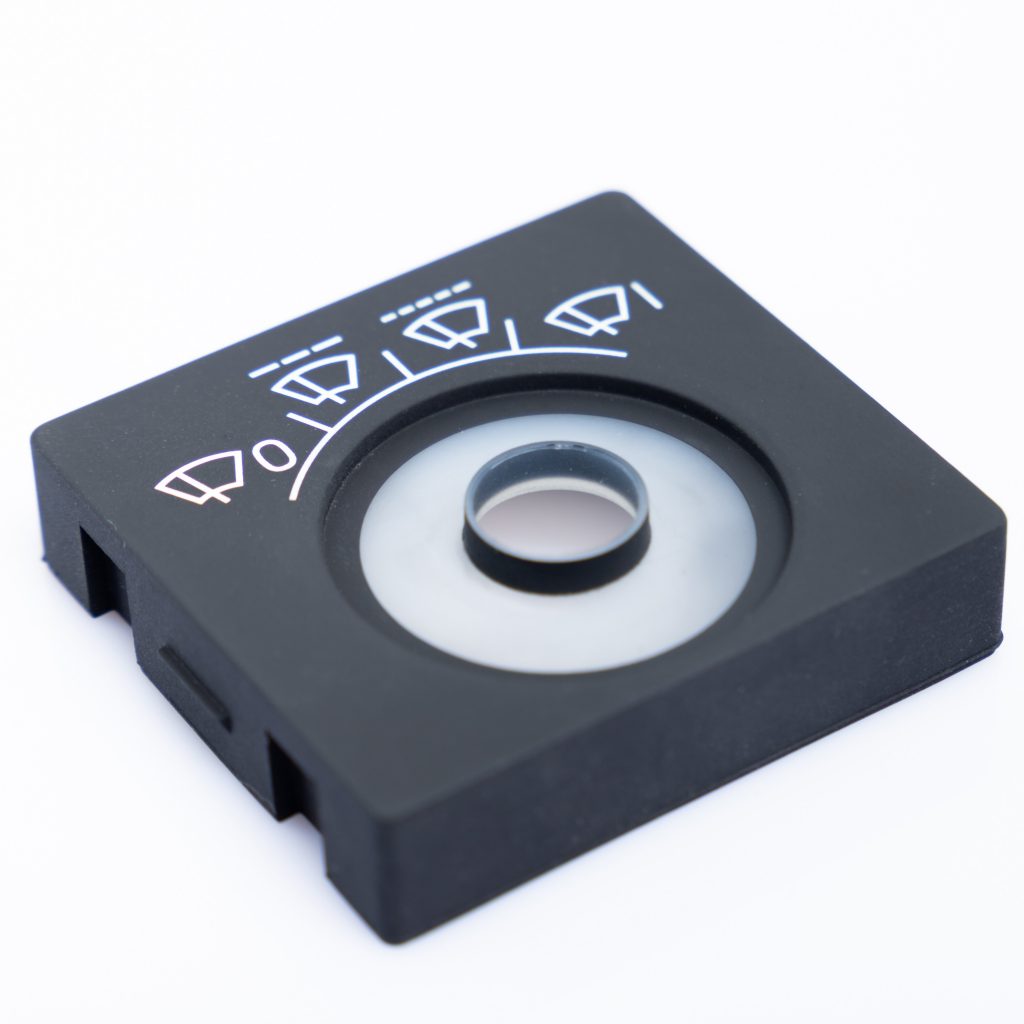Contact
Write to Us And We Would Be Happy to Advise You.
Do you have any questions, or would you like to speak directly with a representative?
By hqt
Rubber keypad technology might sound a bit abstract, especially for those unfamiliar with the world of electronics. However, it’s more pervasive in our daily lives than most realize. Devices like remote controls, calculators, and gaming controllers, to name a few, are reliant on this critical component. This article is all about talking about the development trend of rubber keypad technology. Let’s dive right in.



First and foremost, we need to clear up what rubber keypad technology entails. Simply put, it’s a technology that employs silicone rubber as the primary material in creating responsive, tactile keypads for various devices.
Its popularity has skyrocketed over the years due to its durability, cost-effectiveness, and adaptability. Silicone rubber provides excellent electrical insulation, which is essential in protecting electronic components. It’s resistant to extreme temperatures and environmental conditions, making it an ideal choice for outdoor and rugged-use applications.
Rubber keypad technology has its roots in the late 20th century. It was initially used in calculators and wristwatches. But as the technology progressed, it found its way into a myriad of applications. One notable milestone was the adoption of rubber keypad technology in telecommunication devices and computer keyboards, a clear sign of its versatility.
When talking about the development trend of rubber keypad technology, we can’t miss the significant strides it has taken in recent years. Let’s delve into some of the current trends that are shaping this technology.
Integration with LED Technology
One of the most exciting trends is the integration of LED technology into rubber keypads. This fusion of technologies allows for backlit keypads, enhancing visibility in low-light conditions. It’s especially useful in automotive applications and other devices used during nighttime.
Inclusion of EMI/RFI Shielding
Electromagnetic interference (EMI) and radio frequency interference (RFI) can wreak havoc on electronic devices. One of the recent trends is the incorporation of EMI/RFI shielding in rubber keypads, significantly reducing these interferences and improving the overall performance of devices.
The future of rubber keypad technology looks bright with endless possibilities. As the world becomes more digitized and dependent on electronics, the demand for efficient and durable keypads will only increase.
Touchscreen Technology Integration
One potential trend we might see in the future is the integration of touchscreen technology with rubber keypads. This combination could offer users the best of both worlds: the tactile response of a physical keypad and the convenience and versatility of touchscreens.
AI and Machine Learning Enhancements
Artificial Intelligence (AI) and Machine Learning (ML) have the potential to revolutionize rubber keypad technology. By learning a user’s habits and preferences, keypads could potentially adjust their sensitivity and responsiveness, providing a more personalized user experience.
1. Why are rubber keypads so popular in electronic devices? Rubber keypads are durable, resistant to various environmental factors, provide excellent electrical insulation, and offer a pleasing tactile response, making them a popular choice for various electronic devices.
2. How does the integration of LED technology affect rubber keypad technology? The integration of LED technology allows for the creation of backlit rubber keypads, improving visibility in low-light conditions and adding a visual aesthetic to devices.
3. Can rubber keypads be personalized? Absolutely! Rubber keypads can be designed and molded into various shapes, sizes, and colors to suit specific applications or branding requirements.
4. How does EMI/RFI shielding improve the performance of rubber keypads? EMI/RFI shielding in rubber keypads reduces electromagnetic and radio frequency interference, leading to improved performance of electronic devices.
5. What potential benefits could AI and ML bring to rubber keypad technology? AI and ML could potentially make rubber keypads smarter by adjusting their sensitivity and responsiveness based on a user’s habits and preferences.
6. Can rubber keypads be integrated with touchscreen technology? While it’s not commonplace currently, the potential for integrating touchscreen technology with rubber keypads does exist. Such an integration could combine the advantages of physical keypads with the convenience of touchscreens.
The journey of rubber keypad technology, from its humble beginnings to its current innovations and future prospects, is a testament to the relentless pursuit of technological advancement. This versatile material, coupled with creative engineering and foresight, continues to revolutionize the way we interact with our devices. As we keep talking about the development trend of rubber keypad technology, it’s clear that its potential is boundless, making it a fascinating topic to follow closely.
Do you have any questions, or would you like to speak directly with a representative?